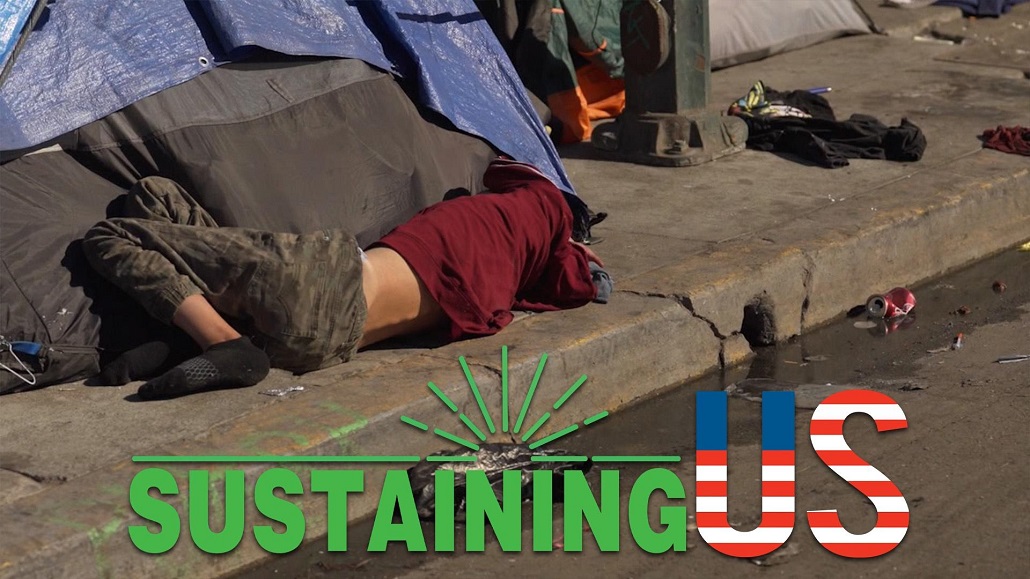Warning: Graphic content, readers’ discretion advised. This story contains a recollection of crime and can be triggering to some readers discretion advised.
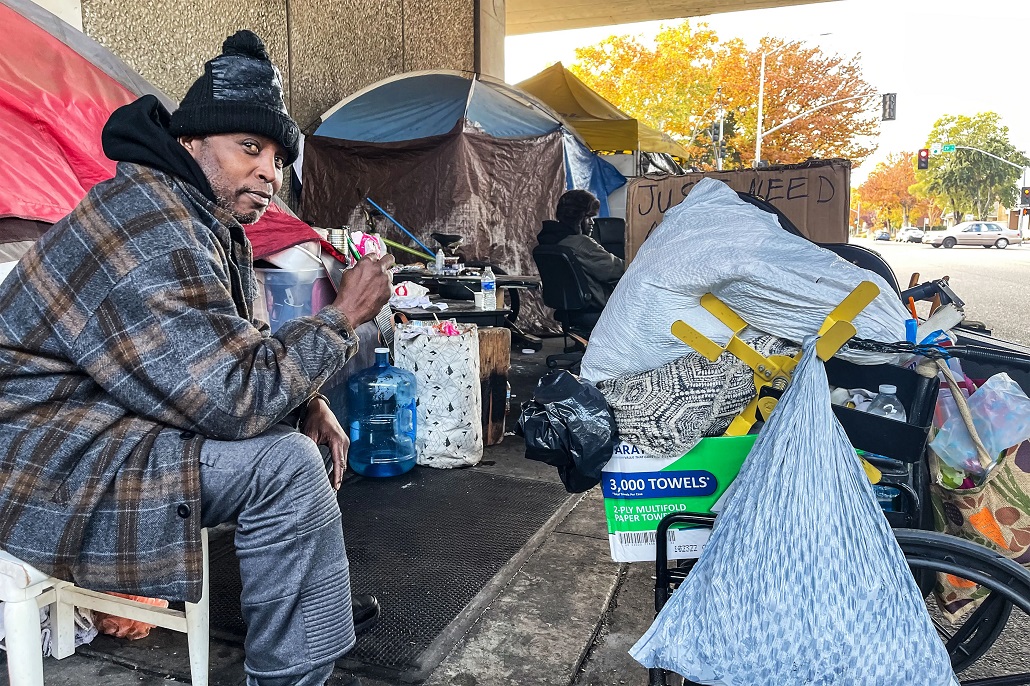
In 2025, the compounding crisis of fentanyl and despair among Los Angeles’ homeless population is defined by a dangerous addiction cycle, a decline in overdose deaths tempered by ongoing crises, and systemic challenges that trap individuals in homelessness. The crisis persists despite billions in funding and a recent, albeit small, drop in the overall homeless population count.
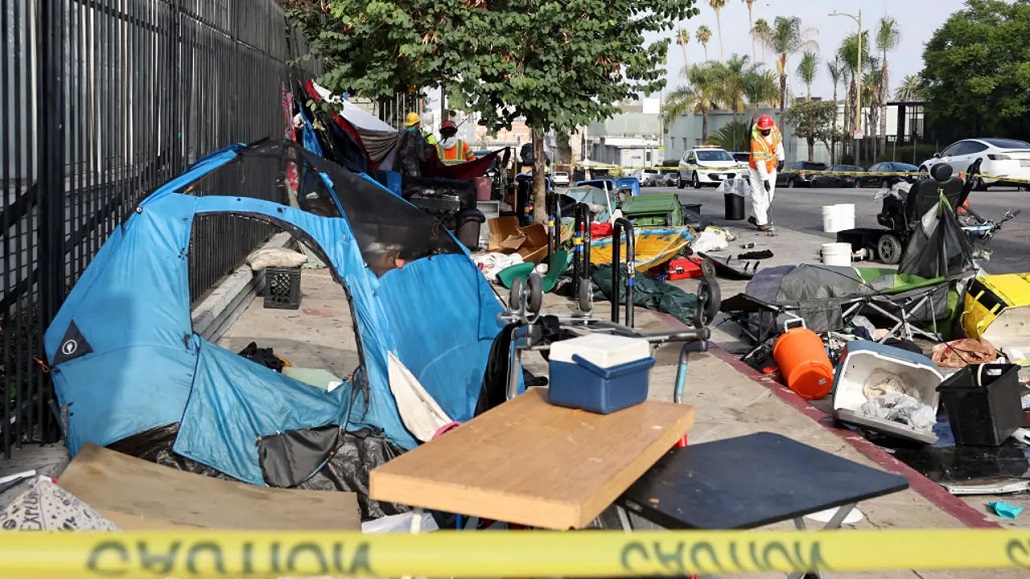
A “death sentence” on the streets: For many experiencing homelessness, fentanyl offers a temporary escape from the psychological and emotional trauma of street life. However, this escape often leads to a fatal addiction loop, trapping individuals in a cycle of drug dependency, despair, and a high risk of overdose.
Addiction to fentanyl erodes a person’s employability, exhausts social service resources, and further isolates them from support systems. This makes finding stability and a permanent home increasingly elusive.
This dangerous dynamic is most visible in areas like Skid Row, where drug markets flourish amidst high concentrations of poverty. Here, the intertwining of health crises with socioeconomic challenges is most acute.
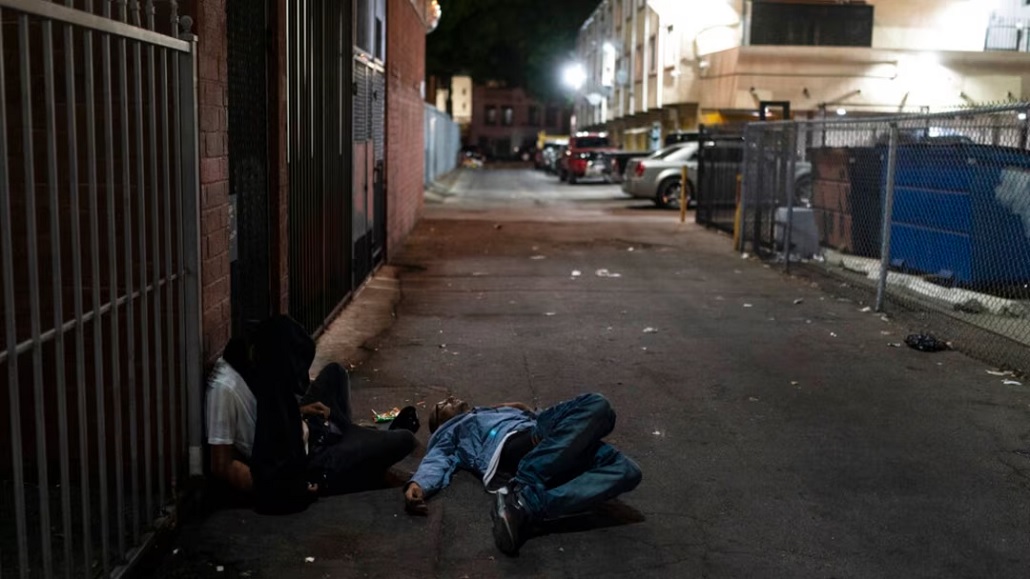
Overdose deaths show complex trends
A record 22% drop in drug-overdose deaths was reported in Los Angeles County in mid-2025, according to the Department of Public Health. Deaths specifically linked to fentanyl saw an even more significant 37% decrease.
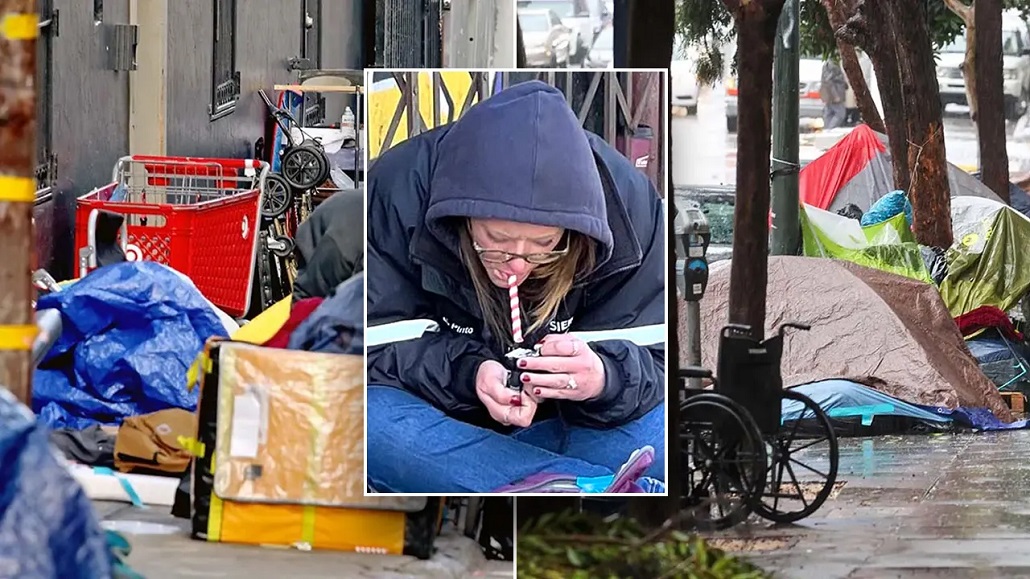
The 2025 numbers follow a period where fentanyl was responsible for a huge majority of overdose deaths in Los Angeles County, and it remains a constant danger on the streets.
A 2025 study noted that overdose has surpassed other causes as the leading cause of death among homeless adults in some major cities, with opioids responsible for most of these deaths.

A 2025 report revealed that a significant percentage of people experiencing homelessness who use drugs have tried and failed to receive treatment. Systemic barriers make it hard for individuals to access residential treatment and other critical services.
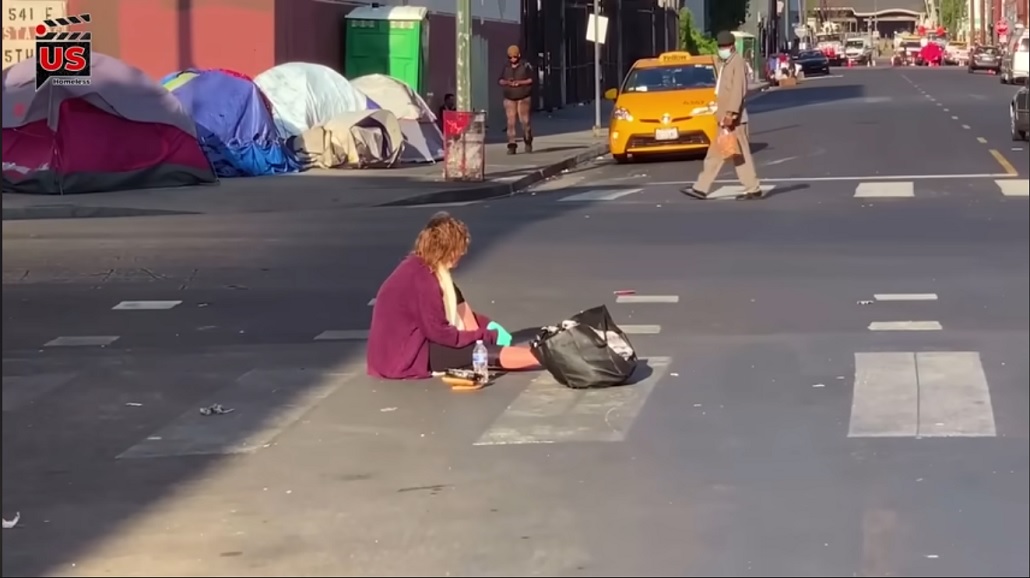
os Angeles County has allocated enormous resources—including $908 million in approved funding for homeless services in fiscal year 2025–26—but treatment funding remains insufficient to address the crisis’s magnitude.
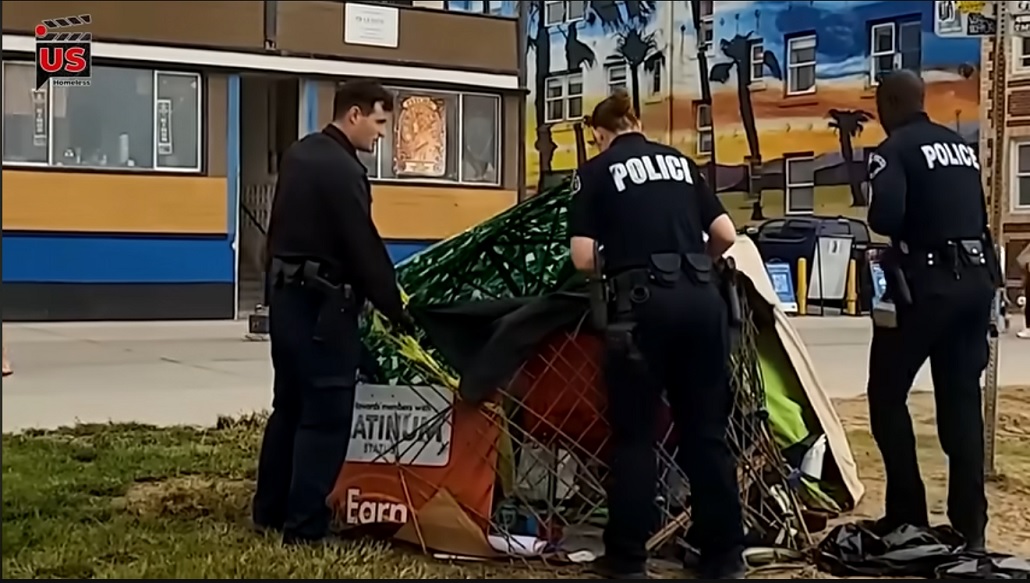
The reliance on criminalization and punitive policies, such as jailing and fining people for public camping or drug use, exacerbates the crisis. These policies often undermine public health efforts and make it harder to rehouse individuals.
Some argue that permissive policies on public camping and drug use in West Coast cities like Los Angeles may create a “magnet effect,” attracting more unhoused people. This perspective is disputed, with others pointing to the failures of the housing market as the root cause of homelessness.

Experts recommend bringing housing, drug treatment, and research together under one roof to meet people “where they are”.
The city’s progress in reducing the homeless count is partly attributed to the creation of thousands of new permanent supportive housing units, many funded by Proposition HHH.
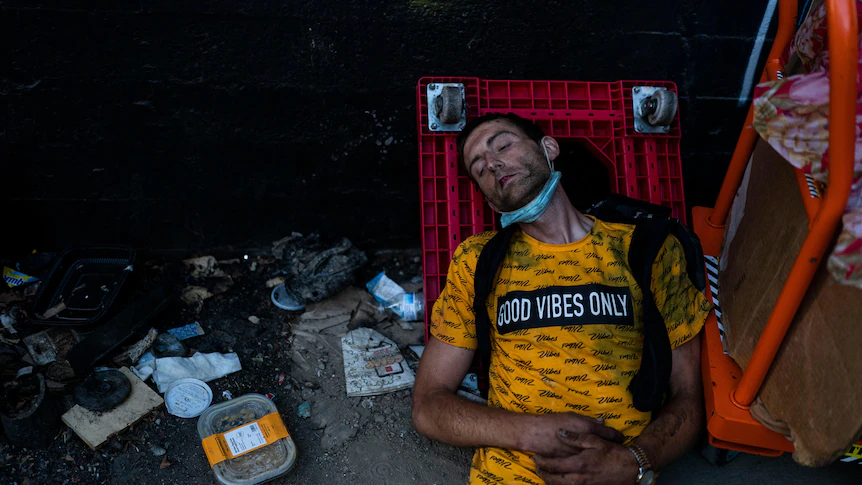
California’s Proposition 1, passed in 2024, provides Los Angeles with significant funding to expand behavioral health infrastructure, treatment, and supportive housing. At the state level, new legislation like AB 20 in 2025 seeks to restrict encampments near schools and other public areas.
Governor Newsom announced in mid-2025 that preliminary data suggested a decrease in homelessness across California, though more work remains. This progress, including a reduction in unsheltered homelessness in Los Angeles, is cited as evidence that state investments are having an effect.
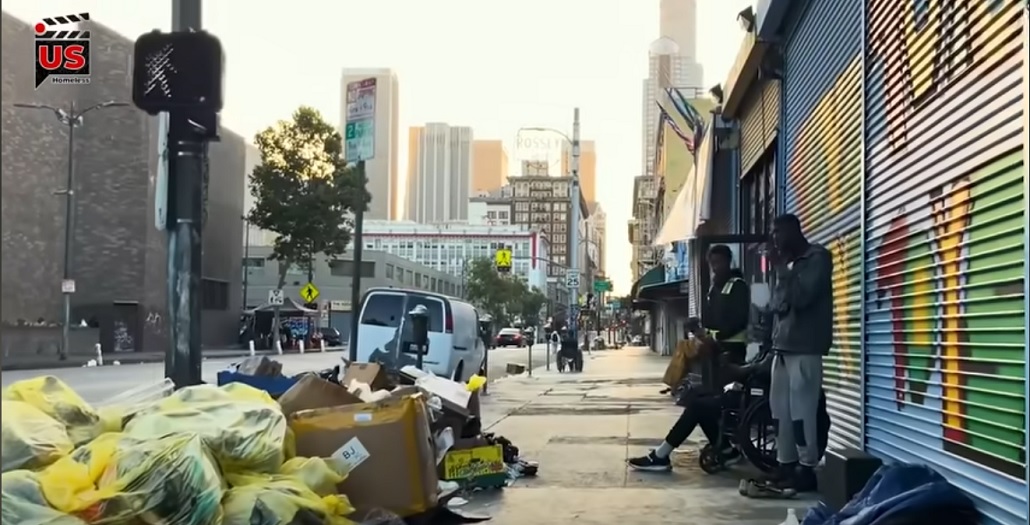
For the City of Los Angeles, the sheltered count was revised from 16,727 to 16,723, or a difference of four people. Likewise, the total estimate for the City was revised downward by four to 43,695.
